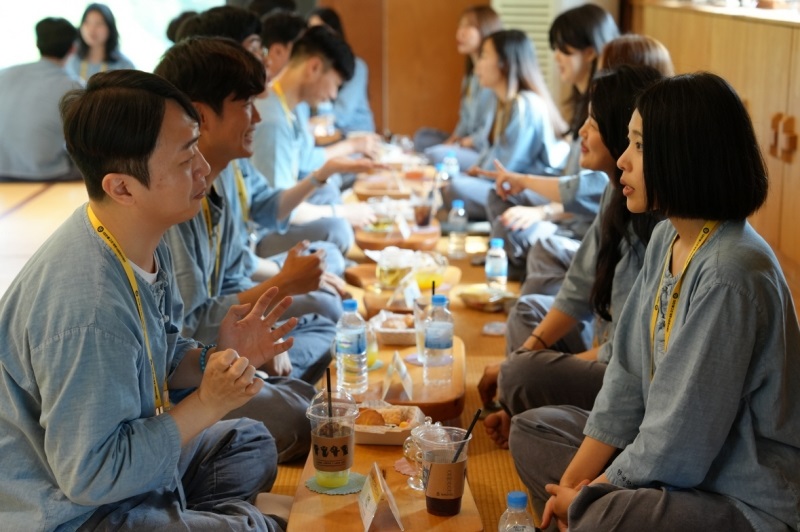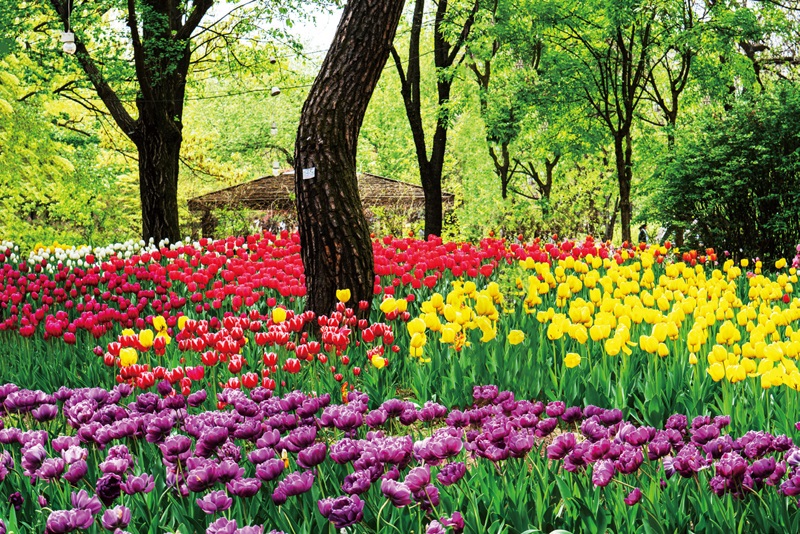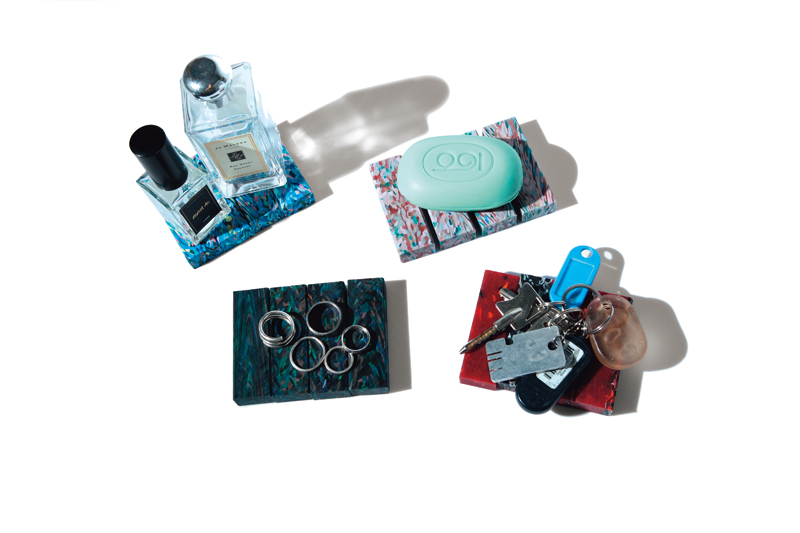
▲ 충남 공주시 한국문화연수원에서 6월 15~16일 열린 '나는 절로' 프로그램 참가자들이 1대1 로테이션 차담을 하고 있다. Participants of the dating program "I am Jeolo” (Temple) talk to each other one-on-one at the Korean Culture Training Institute in Gongju, Chungcheongnam-do Province. The event was held from June 15-16. (Korean Buddhist Foundation for Social Welfare - 대한불교조계종사회복지재단)
사찰에서 소개팅을 하고 정부 지원을 받으면서 데이트를 한다. 박물관이나 공원에서 결혼식을 하고 한 달에 월세 1만 원만 내면서 신혼집을 꾸린다. 꿈이 아니다. 현재 한국의 연애와 결혼식의 한 모습이다.
People going on blind or ordinary dates can now do so with government support. They can get married in public museums or parks, and pay just KRW 10,000 in rent per month for their new home after marriage. This is not a dream. This is how a new dating and wedding culture is being sponsored by the Korean government.
'2023년 인구주택총조사'에 따르면 지난해 한국의 총 인구는(내국인 기준) 4984만 명으로 전년과 비교해 10만1000명(0.2%)이 감소했다. 2021년 이후 매년 줄어드는 추세다. 지난해 합계출산율도 0.72명으로 2022년(0.78명)과 견줘 0.06명 줄어 역대 최저치를 갈아치웠다. 작년 혼인 건수는 19만4000건. 지난 10년간 무려 40%나 감소했다.
A 2023 census showed that the total population of Korea (not including foreign nationals) was 49.84 million, down 101,000 (0.2%) from the previous year. It has declined every year since 2021. Last year's total birthrate was 0.72, marking a new record, as it was lower than the 0.78 in 2022. There were 194,000 marriages last year, a 40% decrease over 10 years.
한국 사람들이 연애와 결혼을 점점 포기하고 있다. 인구절벽을 초래할 수밖에. 저출생이 심각한 사회문제가 된 지는 이미 오래다. 대통령이 나서 국가비상사태로 규정할 정도다.
An increasing number of Koreans are giving up on dating and marriage, causing a demographic cliff. The concurrent low birthrate has been a social problem for some time, which even the president has called a national crisis.
인구절벽 위기에 인구전략기획부 신설 등 정부 차원의 대응에 앞서 전국 지방자치단체는 물론 민간 단체까지 팔을 걷어붙였다. 미혼 남녀 만남을 주선하며 중매에 나서는 등 인구를 늘리기 위한 각종 프로그램과 정책을 쏟아내는 모양새다. 심지어 불교계까지 가세했다.
The government has taken measures to resolve this crisis, such as by establishing a ministry to cover population strategy and planning. Local governments and private organizations have also stepped in. They have arranged meetings between single men and women, and come up with various programs and strategies to increase the population. Even Buddhism has joined in.
충남 당진에서 온 견우 3호와 서울 관악구 출신 직녀 9호가 지난 9일 사찰에서 처음 만나 사랑에 빠졌다. 대한불교조계종사회복지재단이 운영하는 '나는 절로'란 프로그램을 통해서다. 템플스테이와 소개팅을 결합한 콘셉트다. 예능 프로그램 '나는 솔로' 이름을 차용한 '나는 절로'는 20~30대 미혼 남녀에게 만남의 기회를 제공한다. 참가자들은 1박2일 동안 사찰에서 지내면서 다양한 프로그램에 참여해 서로를 알아가고, 마음에 드는 이성과 커플이 된다.
A man from Dangjin, Chungcheongnam-do Province, and a woman from Gwangak-gu District, Seoul, met for the first time on Aug. 9 and fell in love. They met each other through a program called "I am Jeolo" run by the Korean Buddhist Foundation for Social Welfare. Jeol means "temple" in Korean. The program is named after the dating reality show "I am Solo."
The program combines a temple stay with blind dates. It offers opportunities for a rendezvous between single men and women in their 20s and 30s. Participants stay for one night and two days in a temple, engage in various programs to become acquainted with one another, and perhaps find a partner.









.jpg)




